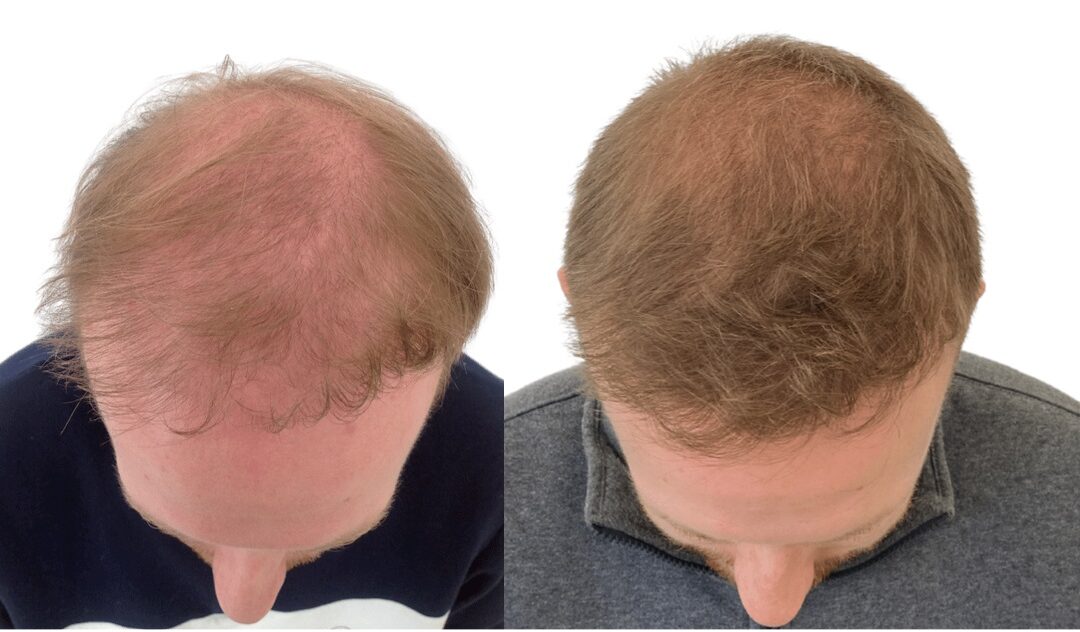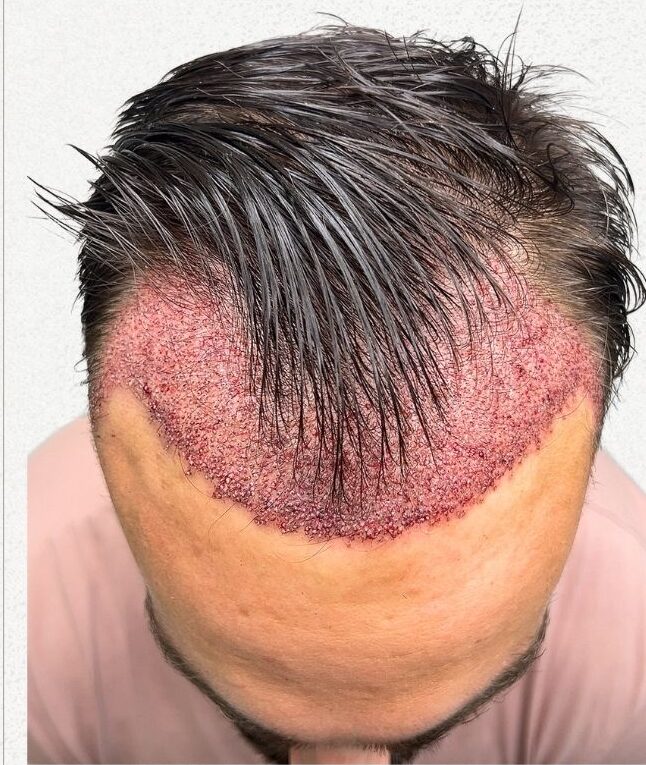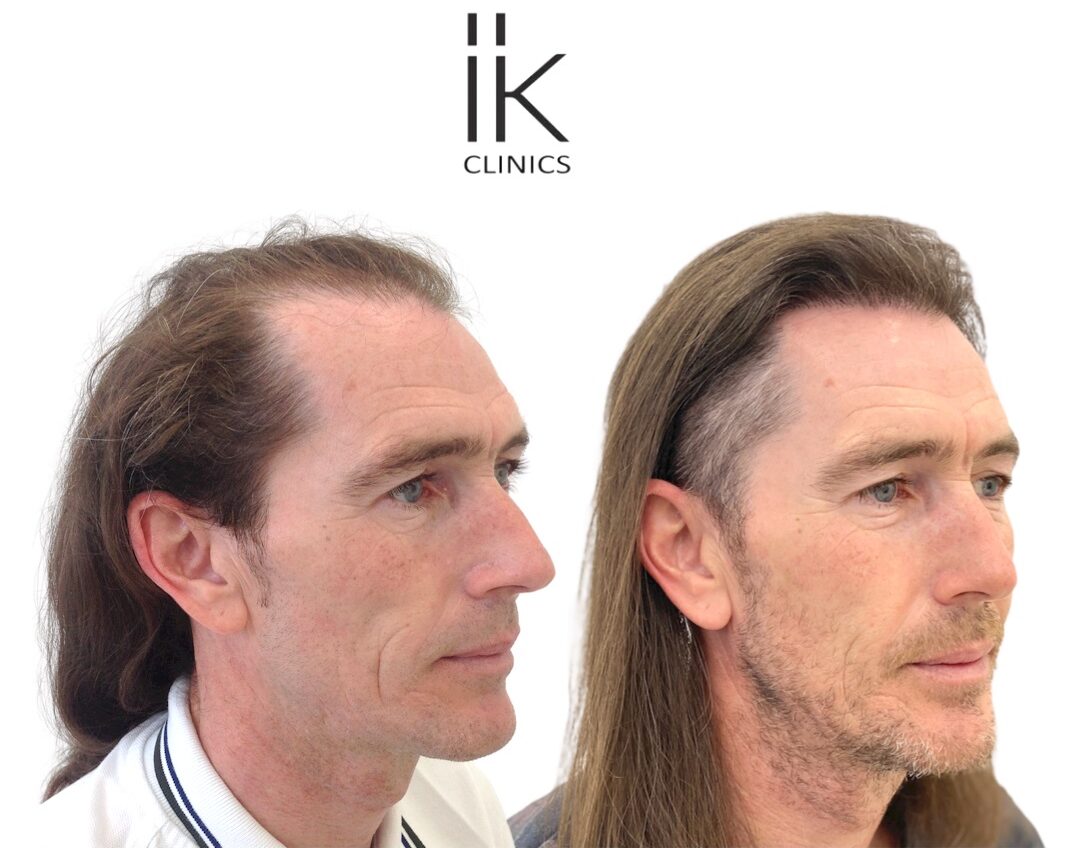For many, losing hair means a loss of confidence and self-esteem. While traditional treatments like minoxidil, PRP (Platelet-Rich Plasma), and hair transplants remain popular, there’s a buzz around a new kid on the block: exosome therapy.
But what exactly are exosomes? And can these microscopic messengers actually help with hair loss? Let’s break it down.
What Are Exosomes?
Exosomes might sound like something out of a sci-fi movie, but they’re very real – and produced by our own bodies.
They are tiny, bubble-like structures (30 – 200 nanometres in diameter) released by cells to help them communicate. Think of them as miniature Evri delivery vans carrying precious cargo like proteins, lipids, RNA, and growth factors between cells.
This delivery system helps maintain healthy communication between cells, whether it’s about repairing tissue, boosting immunity, or – yes – encouraging hair growth.
Exosomes are found in many types of cells, including skin cells, immune cells, and most importantly for hair loss, mesenchymal stem cells (MSCs). Scientists have been studying them for years in relation to wound healing, inflammation, and now – hair restoration.
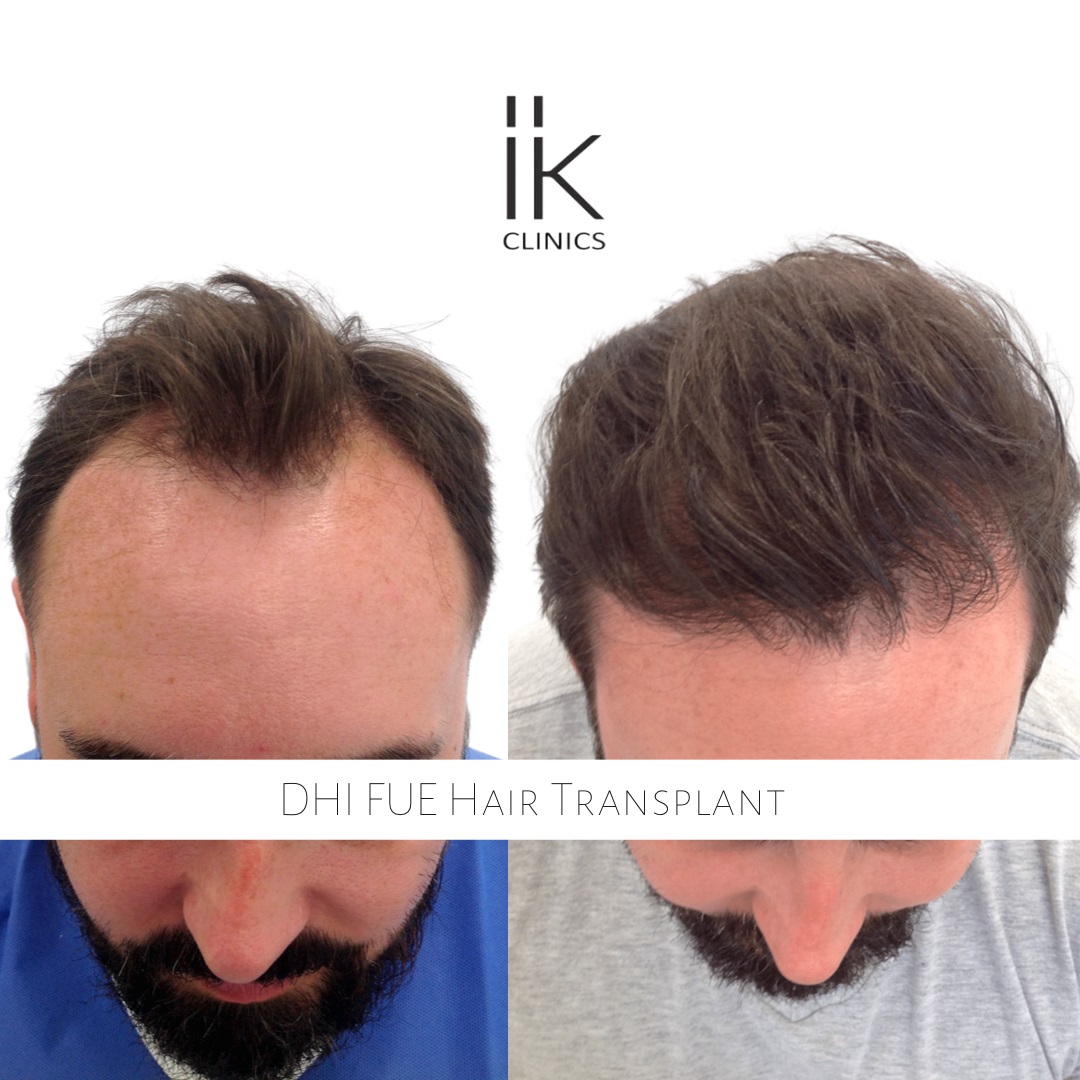
How Do Exosomes Work for Hair Loss?
Exosome hair therapy doesn’t use entire cells like traditional stem cell treatments. Instead, it harnesses only the cell’s output – its little messengers. In the case of hair loss, exosomes are extracted (usually from donor stem cells), processed under strict lab conditions, and injected into the areas of the scalp experiencing thinning or baldness.
Here’s how they help:
Repairing damaged hair follicles: Exosomes contain growth factors that help regenerate tissue. If your hair follicles are shrinking or inflamed, exosomes can help repair and revive them.
Stimulating new hair growth: They protect and boost the dermal papilla cells – key regulators that signal hair-producing cells to grow. That’s crucial for reversing hair miniaturisation, a typical sign of male and female pattern baldness.
Rebooting the hair cycle: Some exosomes have shown the ability to push follicles out of the resting or shedding phase and back into the growing stage. Early mouse studies even showed longer and thicker hair thanks to these effects.
Calming inflammation: Exosomes can reduce inflammation in autoimmune-related hair loss conditions, like alopecia areata, by calming overactive immune responses.
Protecting against DHT damage: In androgenetic alopecia, DHT (a hormone linked to hair loss) miniaturises hair follicles. Some exosomes from adipose-derived stem cells help buffer follicles against this damage.
Improving hair quality: Exosomes may also help those suffering from hair shaft issues like trichorrhexis nodosa, improving cuticle strength and reducing breakage.
Where do Exosome Donations Come From?
Exosome donations can come from a variety of sources, depending on the type of treatment being developed.
Most commonly, exosomes used in hair loss therapy are derived from mesenchymal stem cells taken from donor tissue, such as umbilical cord blood, bone marrow, or fat tissue. In some cases, exosomes may also be extracted from animal sources, including bovine colostrum or even fish, pigs, or cows, depending on the formulation.
These donor-derived exosomes are then processed and purified in specialised laboratories under strict quality and safety standards before being prepared for clinical use.
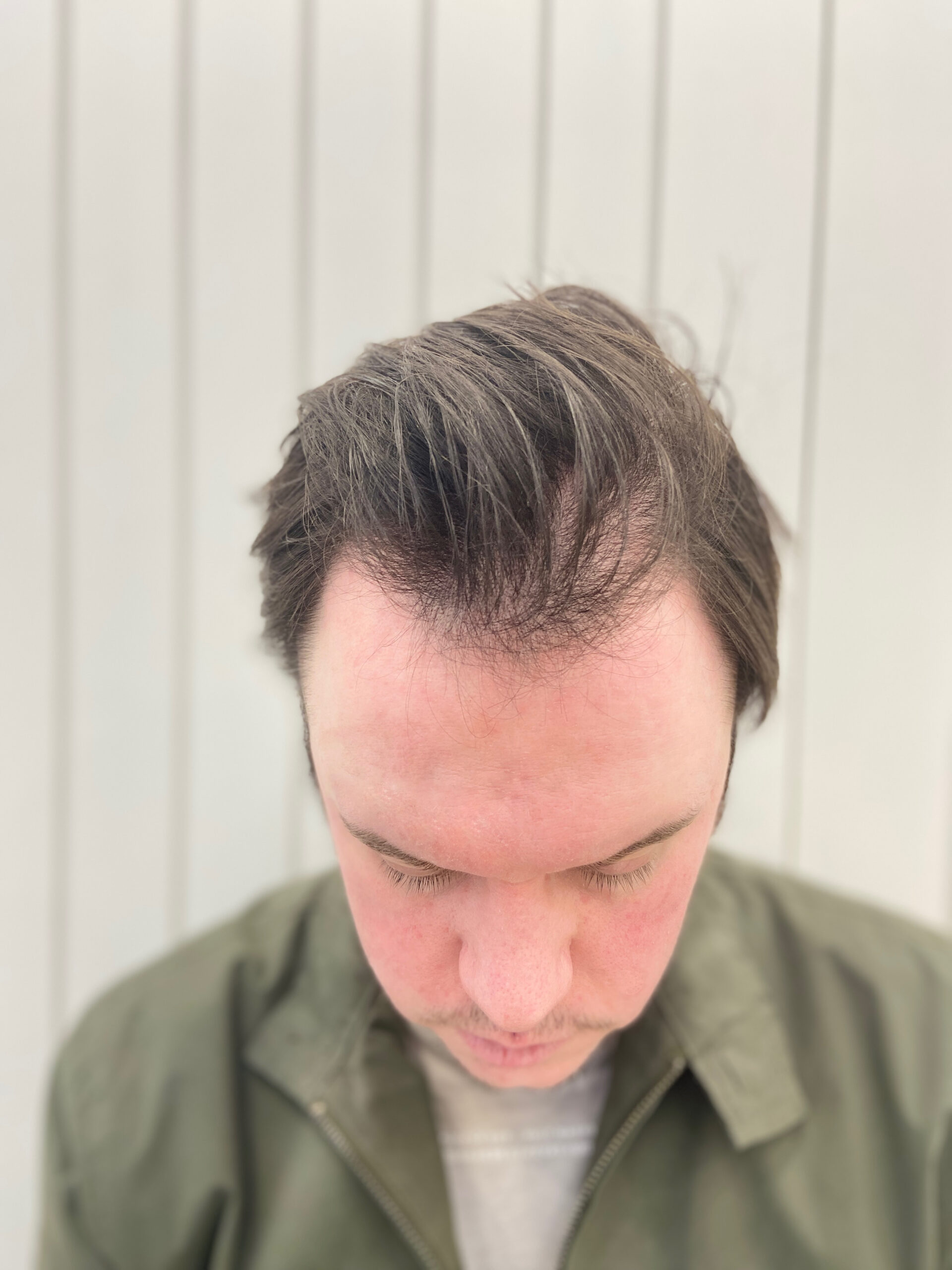
What’s the Procedure Like?
Getting exosome therapy is fairly straightforward and minimally invasive. After a consultation, your clinic will thaw and prepare the treatment – usually sourced from trusted labs and donor tissue.
You’ll be given local anaesthesia (if needed) and the exosomes will be injected directly into the thinning areas of your scalp. The whole procedure takes about 30 – 60 minutes.
Aftercare typically includes avoiding shampooing the scalp for a day and skipping intense physical activity for 24 – 48 hours.
Is It Safe?
So far, exosome hair therapy appears to be well-tolerated. There have been no serious side effects reported in the limited studies conducted.
Minor side effects may include mild swelling or redness at the injection site, temporary discomfort or itching and very rarely, infection (usually due to poor technique or hygiene)
It’s worth noting that in 2019, the FDA issued a warning about exosome products due to a few contamination cases – not from the exosomes themselves, but from unsanitary manufacturing. That’s why choosing a reputable clinic is crucial.
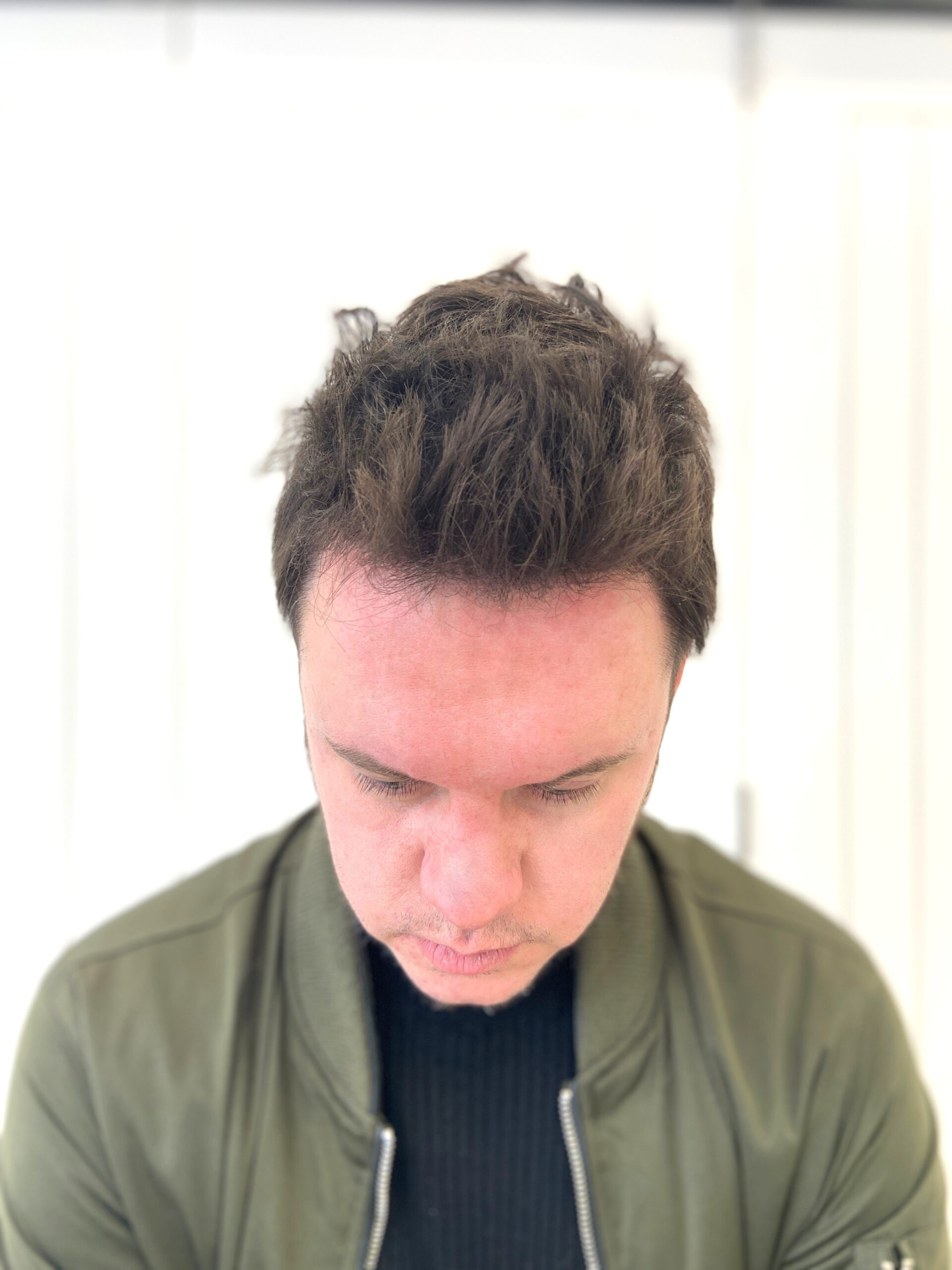
What Does Science Say?
Here’s the honest truth: exosome therapy for hair loss is still in its early days. Large-scale clinical trials are needed before this can be called a go-to, evidence-based solution. However, small preliminary studies and anecdotal reports have shown encouraging results.
- A limited study comparing PRP and exosome therapy in patients with androgenetic alopecia found that just one exosome treatment outperformed 5–6 sessions of PRP.
- Another trial combining both PRP and exosomes showed significantly higher regrowth than PRP alone.
- Improvements in hair quality, density, and a reduction in hair breakage have also been observed in conditions like trichorrhexis nodosa.
How Much Does It Cost?
In the United Kingdom, exosome therapy for hair loss isn’t cheap. A single session can range from £500 to £800, and most people need 3 to 5 sessions, spaced about 2 weeks apart. That brings the total cost to anywhere between £1500 and £4000.
Some clinics may offer package deals, but be cautious of suspiciously low prices – they might be cutting corners on safety and quality.
Is It Permanent?
No. Like PRP and other non-surgical treatments, the effects of exosome therapy are not permanent. Results can last between 6 to 12 months, after which you might need a maintenance session to sustain the results.
If you’re looking for a permanent solution, a hair transplant is still your best bet. However, for those not ready for surgery or looking to enhance the effectiveness of other treatments, exosomes offer a promising middle ground.
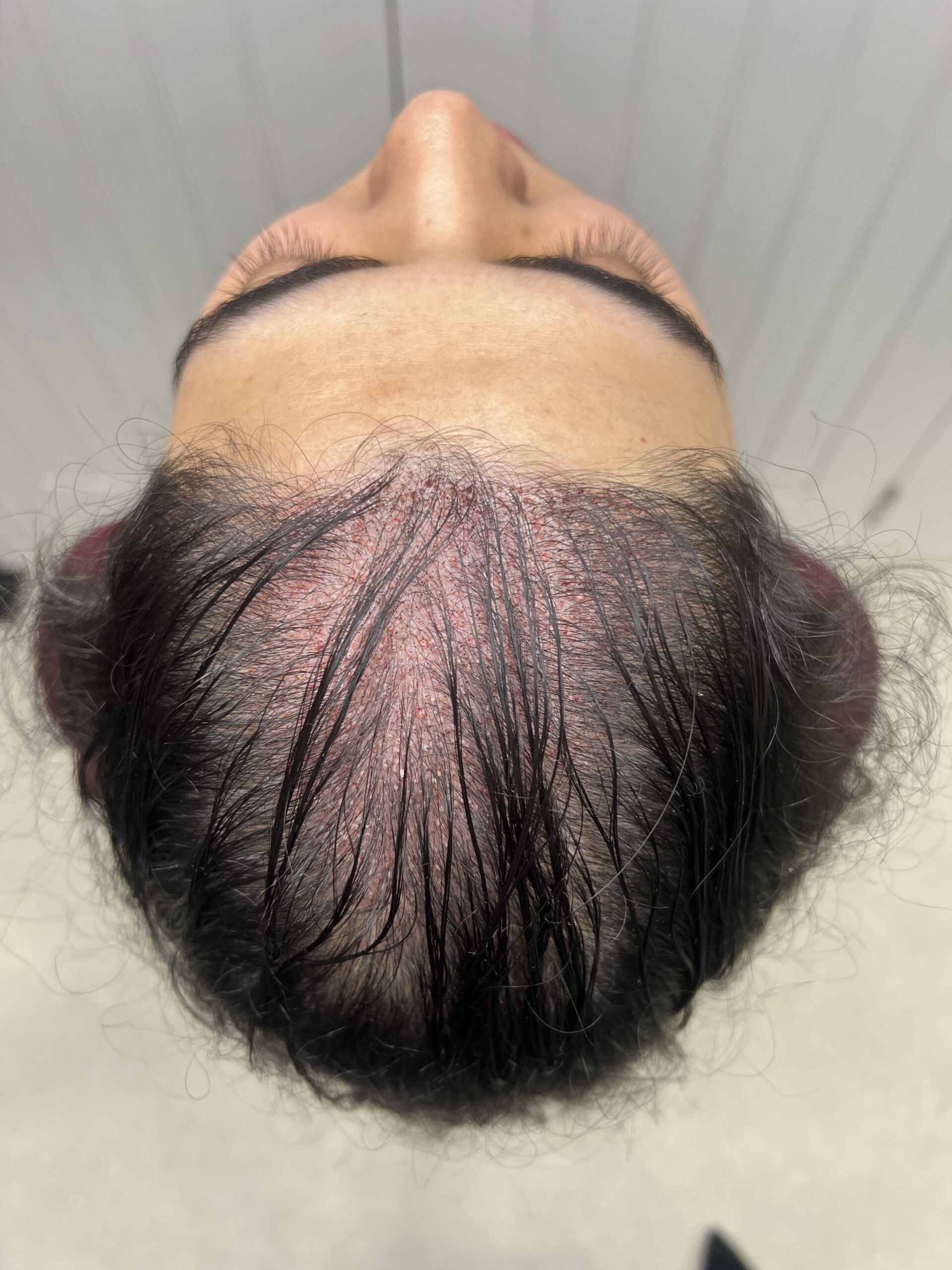
The Bottom Line
Exosome therapy could represent the future of regenerative hair loss treatments. It’s high-tech, minimally invasive, and – at least so far – appears to be safe and effective for many. But it’s not without limitations. More clinical evidence is needed, and results can vary depending on where the exosomes are sourced from and how they’re processed.
Leading clinics, like IK Clinics, are watching the development of exosome treatments closely but are not yet offering them, choosing instead to wait until the scientific community offers clearer evidence and regulatory support.
In the meantime, if you’re considering this treatment, do your research, consult a specialist, and make sure your clinic prioritises transparency, hygiene, and quality sourcing. Because when it comes to your hair – and your health – you deserve nothing less.
About IK Clinics
At IK Clinics, we’re not afraid to say that we’re proud to lead the way. Our expert team, advanced technology, and commitment to patient care ensure you get the best experience from start to finish.
What’s more, we offer a range of services in hair restoration, like FUE, Stem-cell and Plasma Therapy, along with various anti-aging treatments. Get in touch to find out more or book a consultation.
